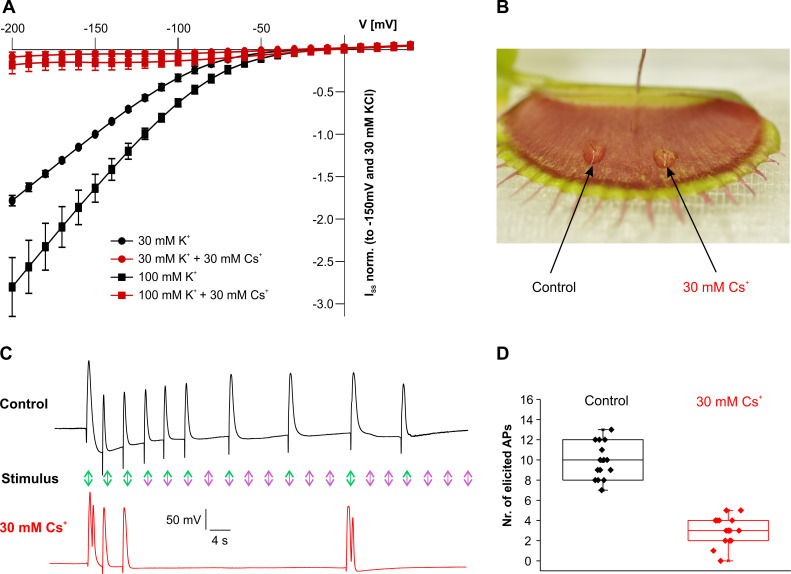Fig 4. Cs+ blocks KDM1 and trigger hair–dependent excitability: Cs+ reduces the AP restoring force.
(A) KDM1-mediated steady currents (normalized to −150 mV and 30 mM K+) at 100 mM or 30 mM external K+ with or without 30 mM Cs+. The ISS-V curves show inward-directed potassium currents, which ceased when Cs+ was applied (n = 17; mean ± SD). Under the same conditions, the efficiency of the cationic blocker appeared to be reduced, when Cs+ was replaced by TEA+ or Ba2+ (c.f. S9I Fig). (B) Trigger hairs were immersed in 1.5% low melting agarose without (left/control) and with (right) 30 mM Cs+ for 100 minutes. The surface potential electrode was inserted into the trap tissue for AP recordings. (C) Frequency-dependent surface potential recording of a D. muscipula trap as shown in (B). Incomplete AP block was measured after 50 minutes incubation in Cs+ (red). Twenty mechanical stimulations (arrows/¼ Hz) were applied to the trigger hairs. Under control conditions (black), 10 simulations were translated into APs (green arrows), while 10 (purple arrows) were not. Cs+ treatment reduced AP firing to just 4 (red trace). (D) Plot of the number of APs evoked in traps treated as defined in (C). Fifteen traps were each stimulated 20 times. The bottom and top of the boxes denote the first and third quartiles, respectively, the middle line is the median, and the whiskers are the most extreme values within 1.5× the interquartile distance below the first or above the third quartile. Cs+ treatment reduced the number of fired APs significantly (p = 6.0 × 10−8; F1,29 = 134.3, 1-way ANOVA, n = 15). The full raw dataset and statistical analysis is provided in S3 Data. ANOVA, analysis of variance; AP, action potential; SD, standard deviation.

